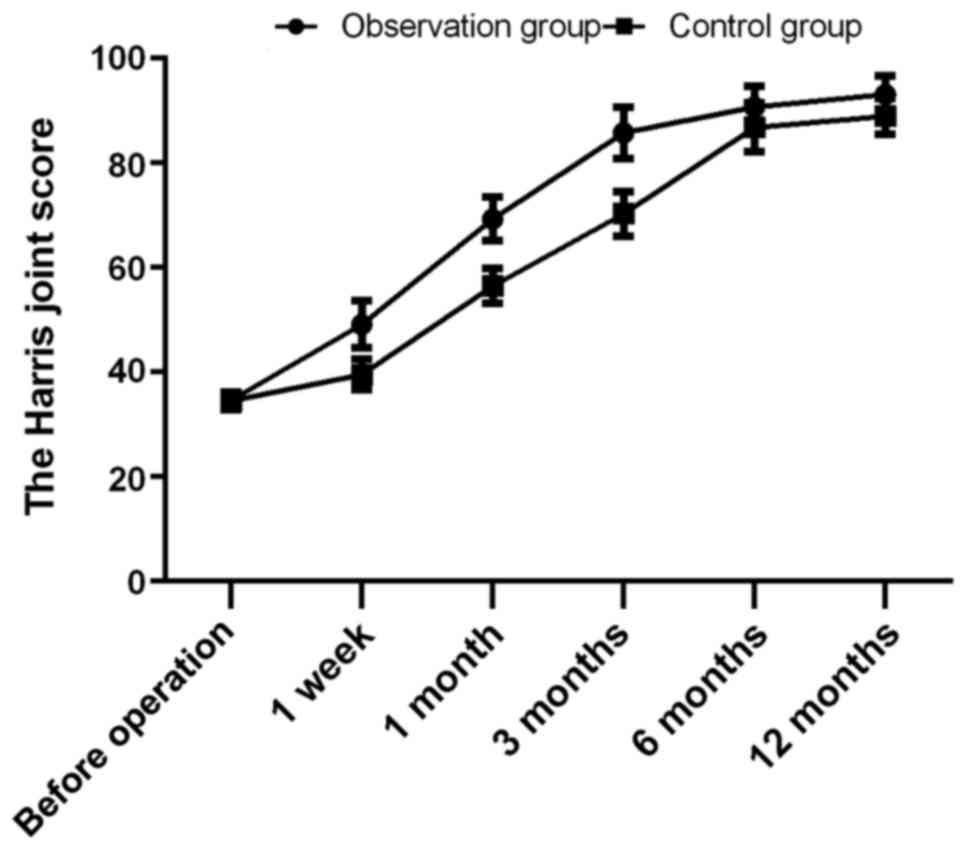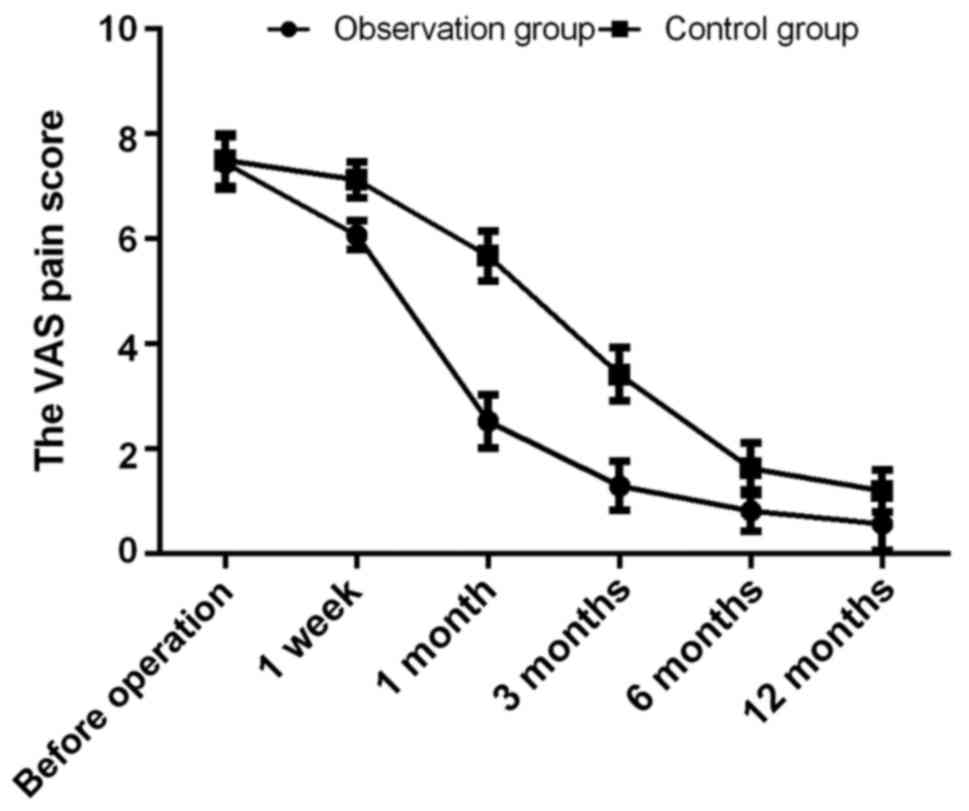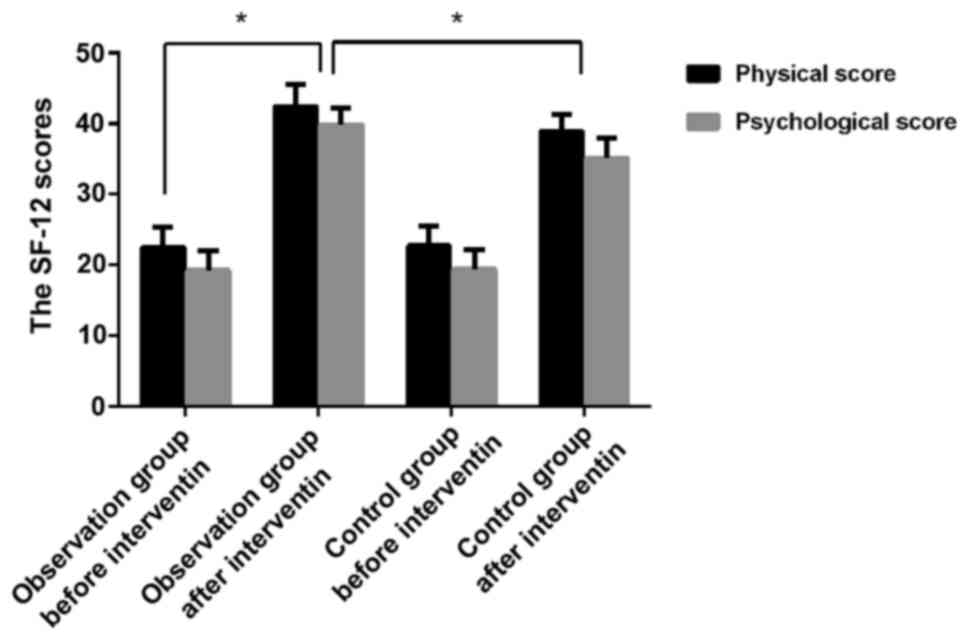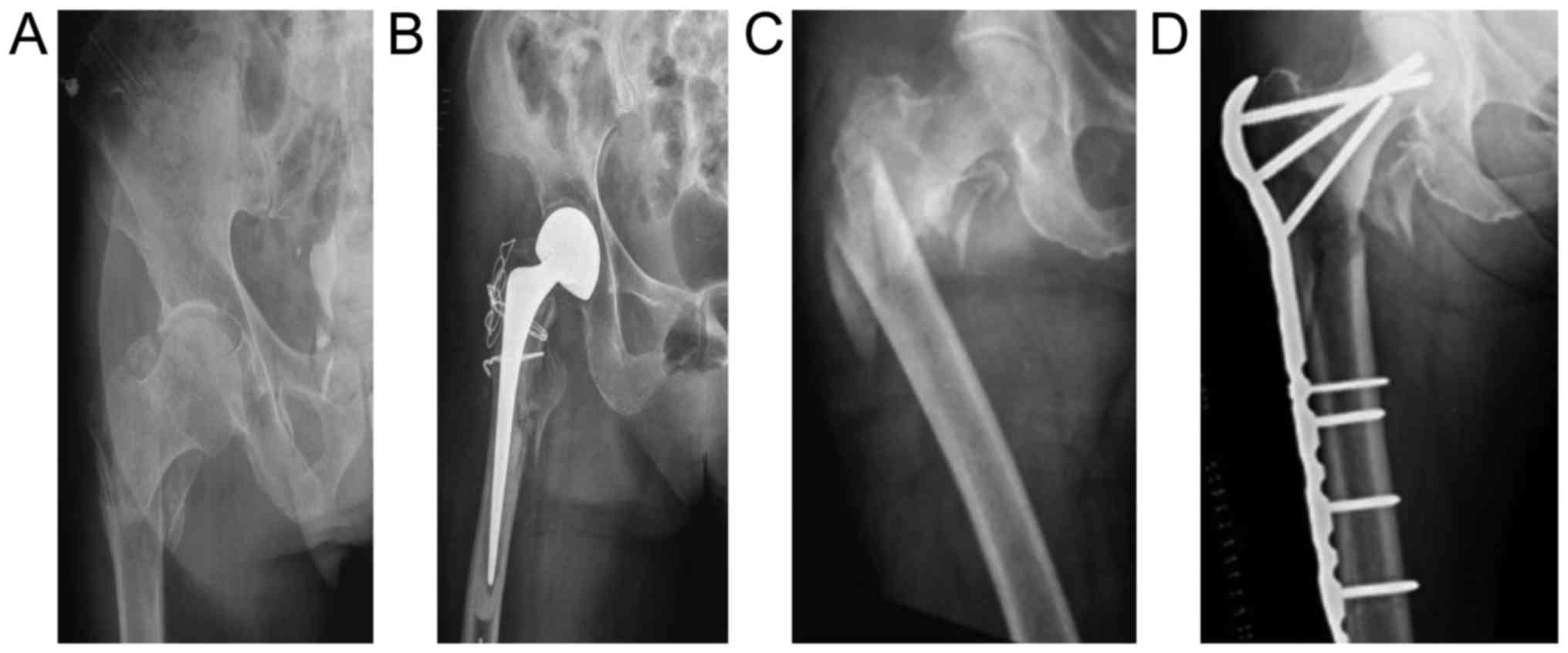|
1
|
Peng MJ, Chen HY, Hu Y, Ju X and Bai B:
Finite element analysis of porously punched prosthetic short stem
virtually designed for simulative uncemented hip arthroplasty. BMC
Musculoskelet Disord. 18:2952017. View Article : Google Scholar : PubMed/NCBI
|
|
2
|
Khanna R, Kokubo T, Matsushita T and
Takadama H: Fabrication of dense α-alumina layer on Ti-6Al-4V alloy
hybrid for bearing surfaces of artificial hip joint. Mater Sci Eng
C. 69:1229–1239. 2016. View Article : Google Scholar
|
|
3
|
Zhang BL, Wang F, Tian MB, Yin WL, You XY,
Li D, Ma LG and Xing LQ: Articular capsule repair in initial
artificial hip replacement via anterolateral approach to the hip
joint. J Biol Regul Homeost Agents. 30:441–447. 2016.PubMed/NCBI
|
|
4
|
Lin YT, Wu JS and Chen JH: The study of
wear behaviors on abducted hip joint prostheses by an alternate
finite element approach. Comput Methods Programs Biomed.
131:143–155. 2016. View Article : Google Scholar : PubMed/NCBI
|
|
5
|
Fankhauser F, Boldin C, Schippinger G,
Haunschmid C and Szyszkowitz R: A new locking plate for unstable
fractures of the proximal humerus. Clin Orthop Relat Res.
430:176–181. 2005. View Article : Google Scholar
|
|
6
|
Hsu CJ, Chou WY, Chiou CP, Chang WN and
Wong CY: Hemi-arthroplasty with supplemental fixation of greater
trochanter to treat failed hip screws of femoral intertrochanteric
fracture. Arch Orthop Trauma Surg. 128:841–845. 2008. View Article : Google Scholar : PubMed/NCBI
|
|
7
|
Li N, Liu HN, Gong XF, Zhu SW, Wu XB and
He L: Epidemiological analysis of hospitalized patients with
femoral neck fracture in a first-class hospital of Beijing. Beijing
Da Xue Xue Bao Yi Xue Ban. 48:292–296. 2016.(In Chinese).
PubMed/NCBI
|
|
8
|
Jensen JS and Michaelsen M: Trochanteric
femoral fractures treated with McLaughlin osteosynthesis. Acta
Orthop Scand. 46:795–803. 1975. View Article : Google Scholar : PubMed/NCBI
|
|
9
|
Richmond J, Aharonoff GB, Zuckerman JD and
Koval KJ: Mortality risk after hip fracture. J Orthop Tauma.
17:2–5. 2003. View Article : Google Scholar
|
|
10
|
van Embden D, Rhemrev SJ, Meylaerts SA and
Roukema GR: The comparison of two classifications for trochanteric
femur fractures: the AO/ASIF classification and the Jensen
classification. Injury. 41:377–381. 2010. View Article : Google Scholar : PubMed/NCBI
|
|
11
|
Khanna R, Kokubo T, Matsushita T, Nomura
Y, Nose N, Oomori Y, Yoshida T, Wakita K and Takadama H: Novel
artificial hip joint: A layer of alumina on Ti-6Al-4V alloy formed
by micro-arc oxidation. Mater Sci Eng C. 55:393–400. 2015.
View Article : Google Scholar
|
|
12
|
Clarke A, Pulikottil-Jacob R, Grove A,
Freeman K, Mistry H, Tsertsvadze A, Connock M, Court R, Kandala NB,
Costa M, et al: Total hip replacement and surface replacement for
the treatment of pain and disability resulting from end-stage
arthritis of the hip (review of technology appraisal guidance 2 and
44): Systematic review and economic evaluation. Health Technol
Assess. 19:1–668. 2015. View
Article : Google Scholar
|
|
13
|
Konstantinidis L, Papaioannou C, Mehlhorn
A, Hirschmüller A, Südkamp NP and Helwig P: Salvage procedures for
trochanteric femoral fractures after internal fixation failure:
biomechanical comparison of a plate fixator and the dynamic
condylar screw. Proc lnst Mech Eng H. 225:710–717. 2011. View Article : Google Scholar
|
|
14
|
Jin WJ, Dai LY, Cui YM, Zhou Q, Jiang LS
and Lu H: Reliability of classification systems for
intertrochanteric fractures of the proximal femur in experienced
orthopaedic surgeons. Injury. 36:858–861. 2005. View Article : Google Scholar : PubMed/NCBI
|
|
15
|
Hwang DS, Kwak SK and Woo SM: Results of
cementless hemiarthroplasty for elderly patients with unstable
intertrochanteric fractrres. J Korean Hip Soc. 16:386–391.
2004.
|
|
16
|
Chan KC and Gill GS: Cemented
hemiarthroplasties for elderly patients with intertrochanteric
fractures. Clin Orthop Relat Res. 371:206–215. 2000. View Article : Google Scholar
|
|
17
|
Babst R, Renner N, Biedermann M, Rosso R,
Heberer M, Harder F and Regazzoni P: Clinical results using the
trochanter stabilizing plate (TSP): the modular extension of the
dynamic hip screw (DHS) for internal fixation of selected unstable
intertrochanteric fractures. J Orthop Trauma. 12:392–399. 1998.
View Article : Google Scholar : PubMed/NCBI
|
|
18
|
Feng W, Hao T, Liu WL, Jia YF, Hao ZT and
Bai SB: Clinical outcome of endoprosthetic replacement for failed
treatment of intertrochanteric fractures: A retrospective case
series. Pak J Med Sci. 29:633–637. 2013. View Article : Google Scholar : PubMed/NCBI
|
|
19
|
Lizhang J, Taylor SD, Jin Z, Fisher J and
Williams S: Effect of clearance on cartilage tribology in hip
hemi-arthroplasty. Proc Inst Mech Eng H. 227:1284–1291. 2013.
View Article : Google Scholar : PubMed/NCBI
|
|
20
|
Suzuki A, Koshida K and Matsubara K:
Adjustment of overestimated CT-based attenuation correction on bone
SPECT/CT after hip-resurfacing arthroplasty. J Nucl Med Technol.
41:203–207. 2013. View Article : Google Scholar : PubMed/NCBI
|
|
21
|
Figved W, Dahl J, Snorrason F, Frihagen F,
Röhrl S, Madsen JE and Nordsletten L: Radiostereometric analysis of
hemiarthroplasties of the hip - a highly precise method for
measurements of cartilage wear. Osteoarthritis Cartilage. 20:36–42.
2012. View Article : Google Scholar : PubMed/NCBI
|
|
22
|
Yu X, Jiang W, Pan Q, Wu T, Zhang Y, Zhou
Z and Du D: Umbrella-shaped, memory alloy femoral head support
device for treatment of avascular osteonecrosis of the femoral
head. Int Orthop. 37:1225–1232. 2013. View Article : Google Scholar : PubMed/NCBI
|


















